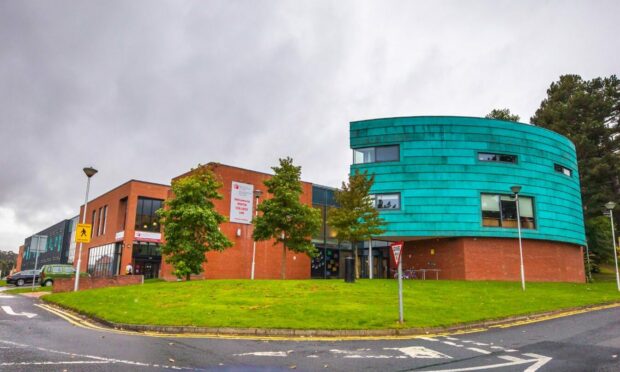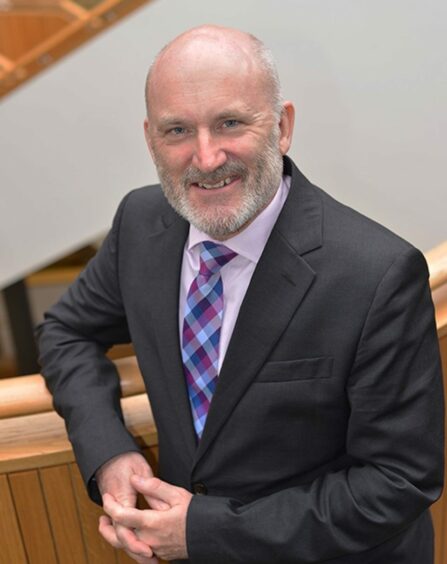More money should be spent on colleges including those in Tayside and Fife rather than on gimmicks to boost economic growth, according to a sector leader.
Ian Pretty described forthcoming public information to encourage the over-50s back to work as a ‘midlife-MOT’ gimmick.
Colleges, he said, can teach the skills need by employers to industry standards and play a key role in creating boosting the economy.
Mr Pretty, chief executive of the Collab Group which represents a network of UK colleges, highlighted Dundee and Angus College, Fife College and Perth College UHI as offering high-quality opportunities for upskilling and reskilling.
Referring to a campaign planned by Rishi Sunak to coax people out of early retirement, as reported by The Times, he said: “A ‘midlife MoT’ is just the latest gimmick when all the government really need to do is look at the further education colleges across the UK that are regularly turning out well-educated, well-rounded people who are ‘job ready’.
“If the government truly believes in creating growth and is committed to its levelling up agenda, it’s time to start investing in education.
“Our further education colleges offer the much-needed higher technical qualifications that will create a higher skilled workforce, increase productivity, and deliver sustained economic growth – which leads to long-term economic prosperity.”
Skills shortage in engineering, construction, social care
According to the Office for National Statistics, the current increase in economic inactivity – the reason for low levels of unemployment – is down to ill health and an exodus by workers aged between 50 and 64
Skills shortages, Mr Pretty said, are most acute in industries with workers with higher technical qualifications, such as engineering, construction, digital skills, health and social care – practical skills colleges can equip people with job-ready.
As colleges tend to recruit from the local area and offer a more supportive learning environment, they have higher graduation numbers, he says.
Mr Pretty said: “All of this creates a pipeline of rich talent that can offer a solution to the skills shortage and inflation-linked pay claims, which could help with the current cost-of-living crisis.”












Conversation